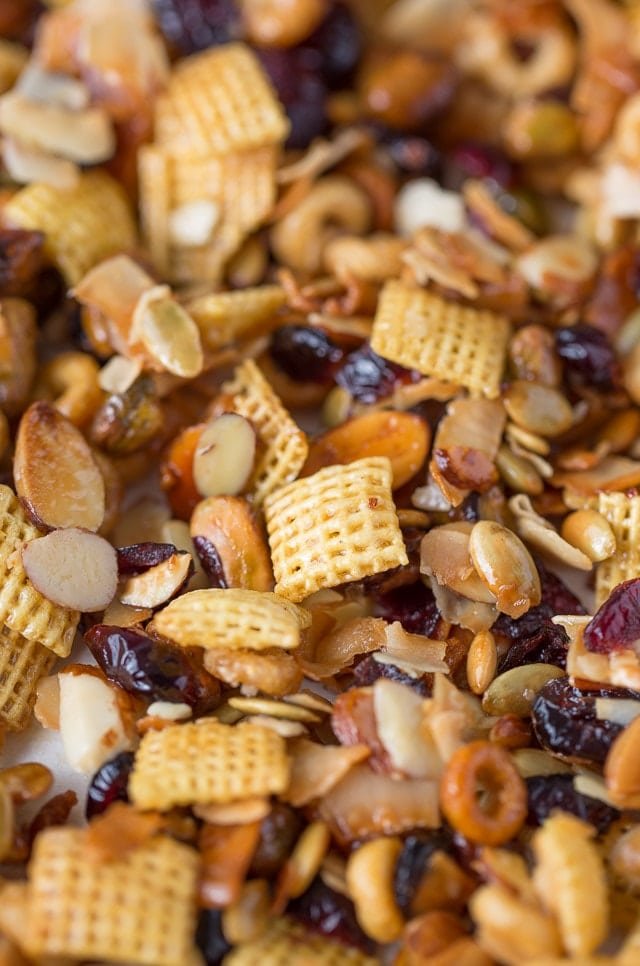When everything hurts, the last thing on your mind is meditation and deep breathing. Meditation can be a great tool for easing pain and reducing overall stress because when you relax your mind and body, it releases endorphins - or “feel good” hormones. It’s also free, and the only side effects you’ll have to worry about are feeling better or possibly getting a good night of sleep.
Meditation doesn’t have to be this elaborate process with incense, candles, singing bowls, or the likes. It just requires peace, quiet, and a cozy spot at home.
Find a comfortable position where you won’t be interrupted. Meditation can be done seated, laying down, or in any position that feels good to your body
You might find that you prefer dimmer lighting and a quiet space. Being comfortable is important. You might want to have a pillow or blanket nearby, but no special props are needed to meditate.
Start by meditating for just five minutes. You can use a timer to keep track or find short mindfulness or body scan meditations on YouTube or other apps. Practice meditating a few times a week to start, then work your way up to 15 or 20 minute sessions. During practice, when you notice your thoughts beginning to wander, redirect your attention back to your breathing.
Some healthcare providers also offer programs that incorporate mindfulness-based strategies along with massage, acupuncture, or nutritional services to help people cope with chronic pain. So, if you need help, don’t be afraid to ask your healthcare provider for alternatives.

















